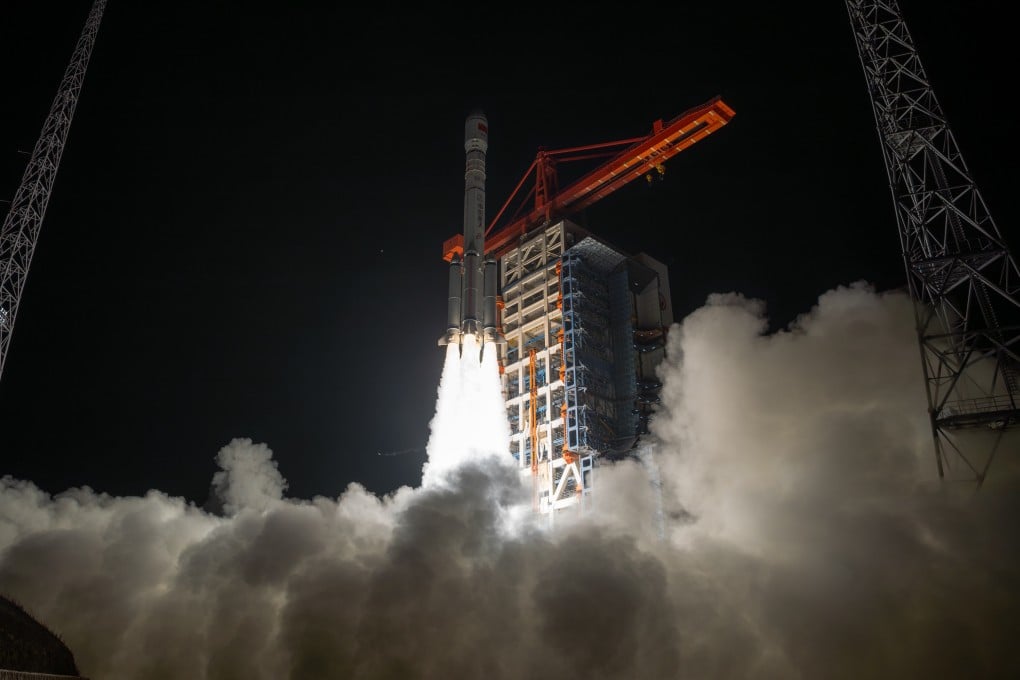China launches more satellites for Starlink rival G60 as it races to meet target
A second group of 18 satellites have been sent into orbit but the project could struggle to achieve this year’s goal

Eighteen satellites were sent into their predetermined orbits on a Long March 6A rocket from the Taiyuan launch centre in Shanxi province, central China, on Tuesday evening.
Also known as Spacesail or Qianfan – meaning thousand sails – the project aims to rival Elon Musk’s Starlink with a low-orbit constellation of more than 10,000 satellites to provide global broadband network coverage and move towards 6G connectivity.
The Shanghai company behind the project has ambitious targets. Senior vice-president Lu Ben told state broadcaster CCTV in August that it aims to launch 108 satellites this year and 648 next year for regional network coverage. The goal is to complete the first stage of the project by 2027, with a constellation of 1,296 satellites to provide global coverage.
“We plan to further enhance the constellation’s services by lowering the satellite orbit from over 1,000km to 300-500km, facilitating direct mobile connections and advanced IoT applications, with a goal of having over 15,000 satellites by 2030,” Lu said.
That will require a number of satellite launches, meaning they will need to be frequent and cost-effective.
The first two launches have sent 18 satellites into orbit per rocket, so another four will be needed to reach this year’s target of 108. The company plans to increase this to 36 and then 54 satellites per rocket launch in future.

